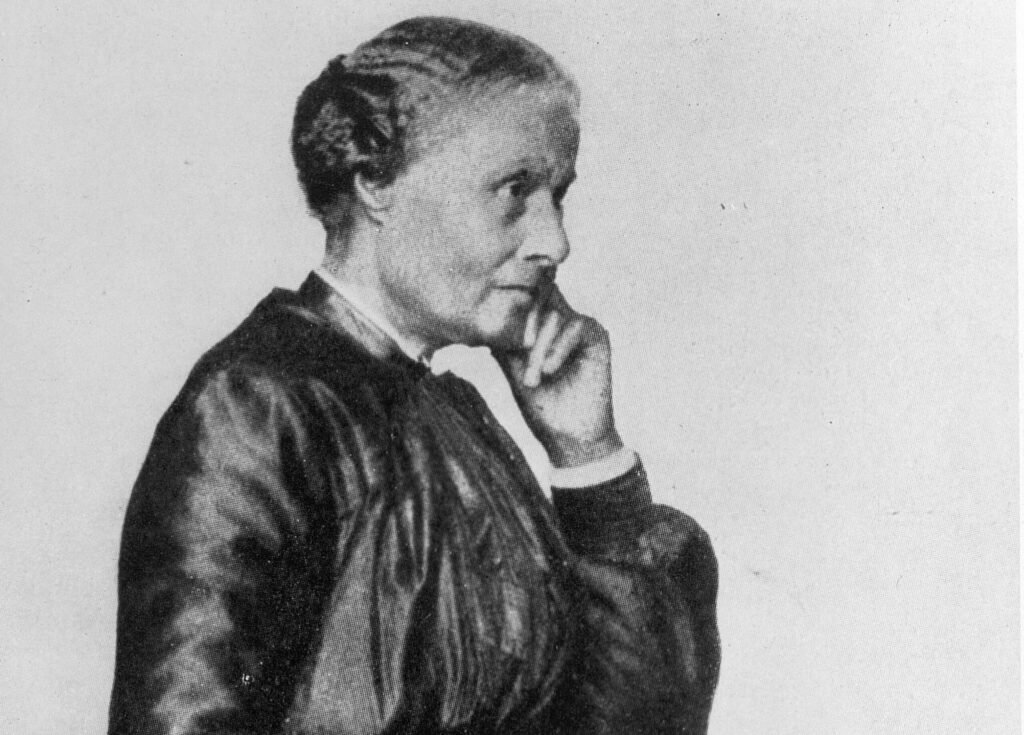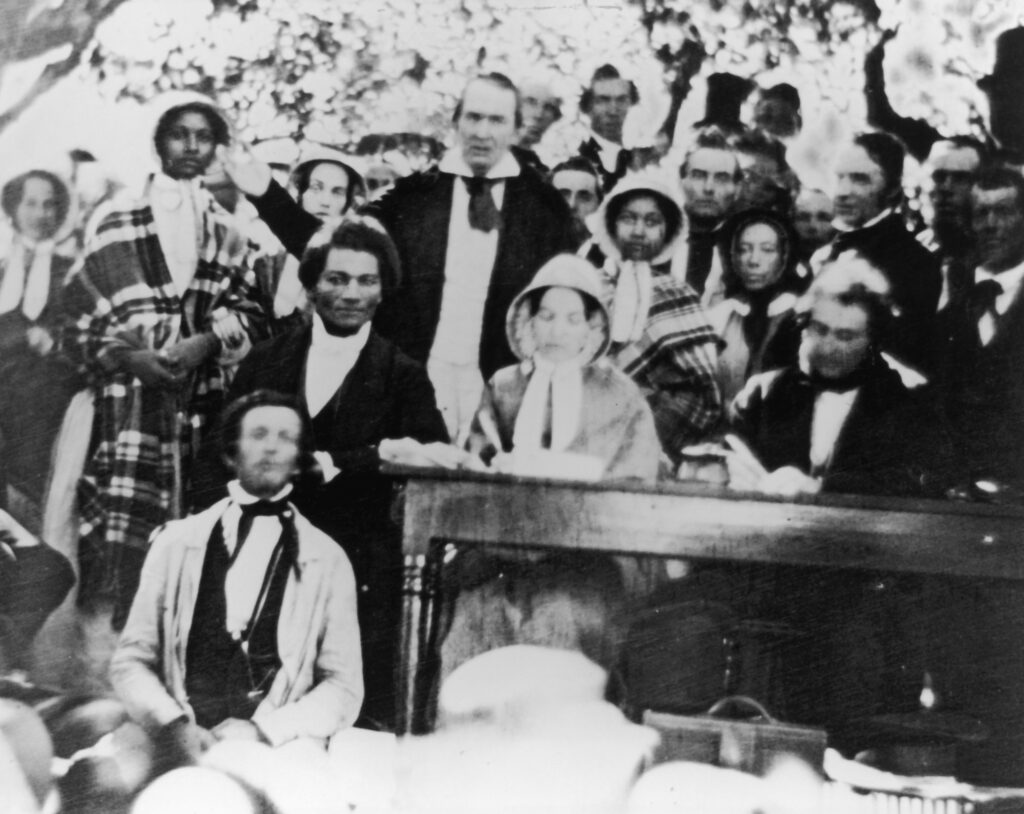Mary Ellen Pleasant’s influence on the Reconstruction-era Black Press
Mary Ellen Pleasant, often remembered as a pioneering entrepreneur and abolitionist, played a significant yet underappreciated role in shaping journalism in California after the Civil War.

Mary Ellen Pleasant, celebrated as a trailblazing entrepreneur and fierce abolitionist, also left an unshakable mark on Reconstruction-era journalism—though history rarely gives her credit. While not a journalist herself, Pleasant strategically shaped how Black voices, civil rights, and social justice were reported in the turbulent post-Civil War years. Through bold activism, financial backing of Black newspapers, and behind-the-scenes influence, she helped fuel a press that was sharper, more fearless, and unrelenting in its fight for racial equality.
Pleasant’s Commitment to Information and Justice
Mary Ellen Pleasant (b. 1814) was deeply involved in the abolitionist movement before the Civil War. Her work with the Underground Railroad and financial contributions to John Brown’s raid at Harpers Ferry demonstrated her fierce commitment to Black liberation. This activism extended to journalism, as she understood the power of the press in shaping public opinion.
During Reconstruction (1865–1877), as formerly enslaved individuals sought to establish themselves as free citizens, Pleasant recognized that controlling the narrative was crucial. The press was a parallel battlefield where racial equality was debated, often distorted, and sometimes outright denied. She used her wealth and influence to support Black-owned newspapers and writers who challenged racist narratives perpetuated by white-dominated media.
Financial Support for Black Journalism
One of Pleasant’s most direct contributions to journalism was her financial backing of Black newspapers. Although records of her specific involvement remain scarce due to her secretive nature, she was known to fund various civil rights efforts, including media outlets that gave Black Americans a voice in national discussions.
Her influence can be compared to that of Frederick Douglass, whose newspaper The North Star had been a vital tool in fighting slavery. During Reconstruction, papers like The New Orleans Tribune, The Christian Recorder, and The San Francisco Elevator became platforms for advocating Black rights, discussing racial violence, and challenging discriminatory laws. Pleasant’s home state of California had an active Black press, and her presence in San Francisco positioned her to support the growing influence of Black journalists in the West.
Mother of the California Civil Rights Movement
Beyond financial backing, Pleasant actively influenced journalistic content through her lawsuits, activism, and public persona. In 1866, she filed a lawsuit against a San Francisco streetcar company that had denied her service because of her race. Her case was widely covered in the press and helped lead to California’s desegregation of public transportation. This event forced newspapers to engage in discussions about race, civil rights, and legal discrimination, often bringing Black journalists into the spotlight to comment on these pressing issues.
Additionally, Pleasant’s connections with prominent figures—both Black and white—ensured that discussions about racial justice remained at the forefront of public discourse. She used the press to advocate for economic empowerment and racial equality, indirectly shaping the narrative of Reconstruction through newspaper editorials, articles, and public speeches that found their way into print.
Legacy and Lasting Impact
Mary Ellen Pleasant’s influence on journalism extended beyond Reconstruction. By supporting Black voices in media and using the press to challenge racial discrimination, she set the stage for the robust Black press that emerged in the late 19th and early 20th centuries. She helped ensure that the fight for Black liberation was not only fought in courtrooms and legislatures but also in the pages of the nation’s newspapers.




